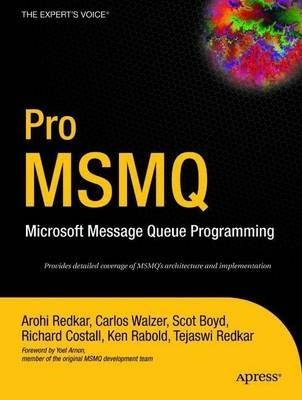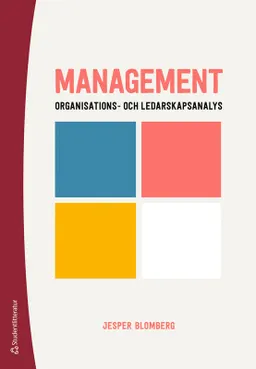Message Queuing provides a way for applications to communicate asynchronously, and has often been compared to e-mail, but for applications rather than people. On Windows, Message Queuing is implemented in Microsoft Message Queuing, or MSMQ. A client application can communicate with a server by sending data in the form of an MSMQ message to a particular queue, where the server application can retrieve it and process it. Because the message will remain on the queue until it is retrieved, we can guarantee that it will be processed at some point, even if the server application is down when the message is sent.
In this book, we look at how we can use MSMQ to provide robust, asynchronous communication between our applications. MSMQ provides three APIs that we can use to incorporate message queuing into our applications - a C API that we can use from unmanaged C/C++ code, a COM component that we can use from VB or C++ code, and the System. Messaging namespace, which provides a simple way to integrate MSMQ with managed C# or VB.NET applications. This will be the only book that covers all these APIs.
The book also covers the latest features of MSMQ 3.0, released with Windows Server 2003, including MSMQ triggers, which allow us to call a method or launch an executable whenever a message is received in a queue. We also show how you can send and receive MSMQ messages on a PocketPC device using Embedded VB, Embedded C++, or C# and the .NET Compact Framework.
Assumes knowledge of .NET Framework, Message Queuing, MSMQ, C#, VB, C++
Message queuing has a vital role in any distributed applications where the guaranteed processing of requests is more important than instant processing. This means that a great range of applications requires message queuing, from networked enterprise applications to web applications that need to ensure an order will be shipped, to PocketPC devices that need to communicate with a PC. Microsoft Message Queuing (MSMQ) can be used from many languages and environments, including VB6, C++, and .NET. This book covers all these scenarios, so will appeal to a very wide range of developers.
Ur innehållet:
From the contents: MSMQ introduction.- Warm-up.- Diving into MSMQ.- A generic multi-threaded message.- Transactions.- Queued components (Com+ & MSMQ).- MSMQ triggers.- Security.- Administration.- Writing your own Publish/Subscribe framework in .NET for MSMQ.- Deployment scenarios.- MSMQ support in BizTalk Server.- MSMQ-MQSeries bridge.- MSMQ for WinCE.- Introduction to JMS (JBoss, TIBCO, MQSeries, WebLogic, WebSphere).- The JMS API overview.- Simple JMS programming.- JMS message properties.- Advance messages.- Topic based programming (publish/subscribe).- Point-to-point messaging.- Transactions.- Security.- Administration.- Message driven bean.- Deployment scenarios.- Using Web services.- Using third party products.- Appendix.
Åtkomstkoder och digitalt tilläggsmaterial garanteras inte med begagnade böcker





















